“Why should we even bother recycling?” “Why should I spend the time recycling?” These are questions recycling professionals and enthusiasts hear and receive often. This blog will provide some further details about why it is important to recycle and how easy it is. It is common to forget that everything has to come from somewhere, so let’s learn about which natural resources are used to make new products and why we should recycle.
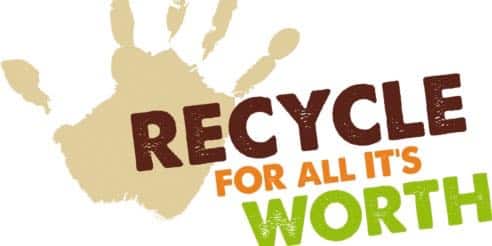
Paper and Cardboard
It’s old news that paper is made from trees. In offices alone, the average worker uses 10,000 sheets of paper each year! Paper has become such a staple in our lives that we forget to think about the long process paper goes through before it becomes office paper, mail and packaging for food. About 42% of all junk mail is sent to the landfill unopened! Trees are our lifeline. They provide humans, animals, insects and fungi with oxygen, food and shelter. Trees are also essential in cleaning the air, managing storm water and combating against greenhouse gas emissions.
We have plenty of trees though, right? Wrong. In fact, half of the world’s tropical forests have already been cleared! Over the decades, it has become necessary to farm trees in order to keep up with the high demand of paper. At a tree farm, trees are grown for 15 years before they are harvested for paper needs. Once trees are 15 years old, they are cut down, debarked, chipped, pulped, cleaned, flattened, dyed and sent to the store for us to purchase. That’s a really long process for paper having such a short lifespan!
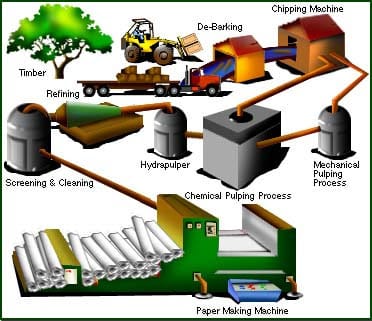
Paper and cardboard that is recycled gets made into new items such as toilet paper, paper towels and napkins, newspapers, greeting cards, magazines and junk mail.
There is an easy way to help save trees and slow deforestation. Purchasing items made with recycled paper is a great start and helps lower our dependence on raw natural materials. Supporting initiatives such as the Sustainable Forestry Initiative and other “tree-hugging” organizations are a way to show your dedication to the planet and the recycling industry.
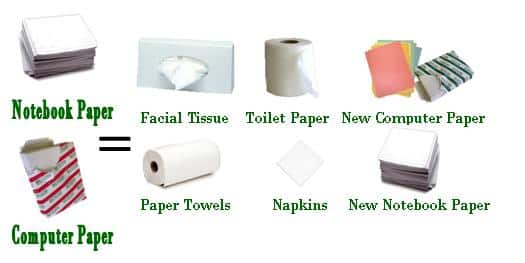
Plastic Bottles and Containers
Americans purchase about 50 billion water bottles per year! 50 BILLION! This number does not even include other types of plastic bottles such as ice tea and soda bottles, shampoo and conditioner bottles, medicine containers, condiment bottles, cleaning bottles or milk jugs, for example. Sadly, it is estimated that only 9% of all plastic waste ever made has been recycled.
Did you know that plastic is made from oil? Yep, the exact same oil that is drilled from under the Earth’s surface that eventually gets converted into the gasoline we put in our cars. Oil undergoes several chemical processes and procedures to make different types of plastic items. Check out this short video to learn how Plastic is Made From Oil.
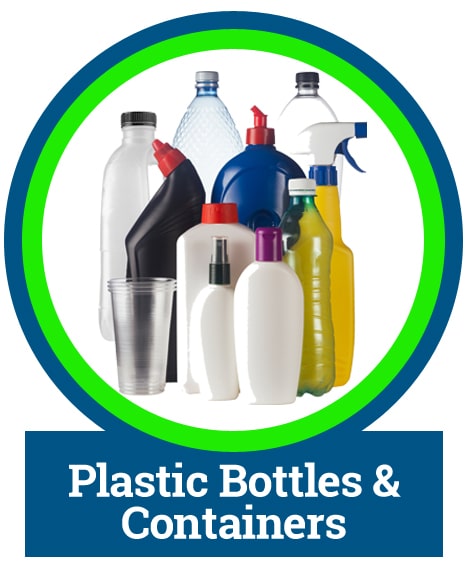
While there are thousands upon millions of plastic items manufactured, this doesn’t mean they are all recyclable in our Blue Bin. Our Materials Recovery Facility (MRF) only has the processing capabilities to accept empty plastic bottles and containers.
While we always recycle our empty plastic bottles and containers, there are a lot of ways that we can reduce our consumption of plastic. A few simple tricks to reduce your plastic usage include using a reusable water bottle, purchasing items packaged in boxes rather than plastic bottles, using bar soap and shampoo and bringing your reusable bags everywhere you shop. The article, 8 Simple Ways to Reduce Your Plastic Waste, is a great read that will help you start making small steps that will have a big impact on the environment.
Recycled plastic bottles and containers are made into new plastic bottles and containers but also a plethora of other things. Insulation in jackets and sleeping bags, carpet, fleece jackets and backpacks are just a few other post-consumer items made from recycled plastic bottles and containers.
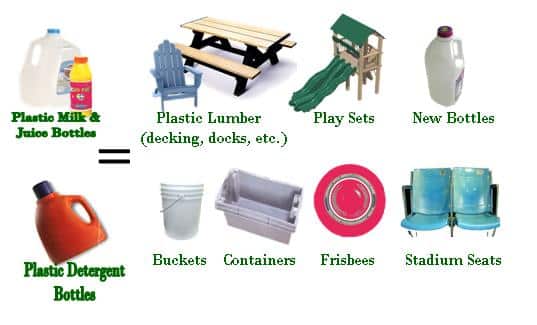
On Part 2 of “Why We Should Recycle,” we will discuss the life cycle of glass bottles and jars, metal food and beverage cans and food and beverage cartons.





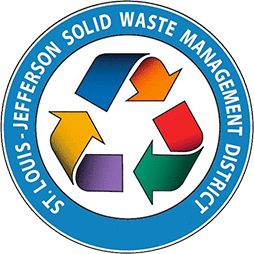



2 Trackbacks